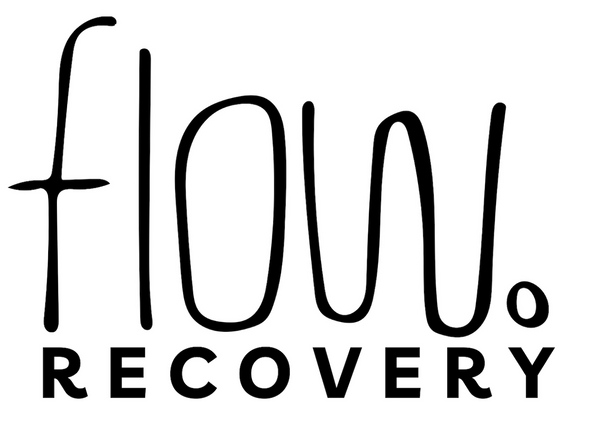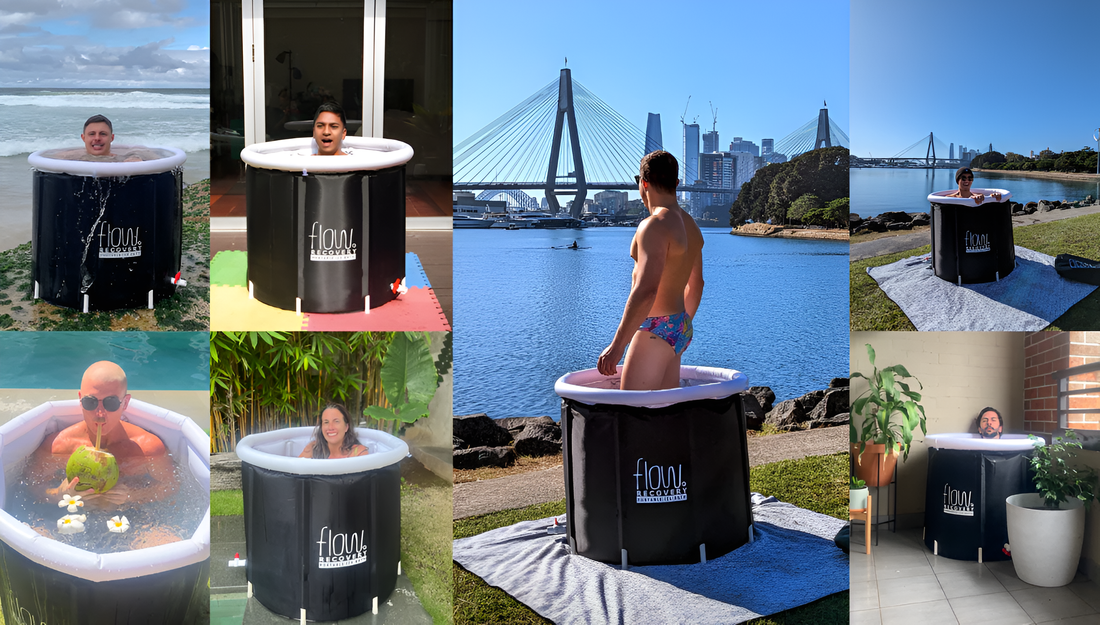Quick Summary
- Cold water therapy (cold plunging or cold water immersion) is gaining attention as more than just a wellness trend, offering benefits for both the body and mind.
-
Real stories show results:
Sarah found relief from stress and anxiety, calling it a reset button for her mind.
James, a triathlete, experienced faster muscle recovery and less soreness using a cold immersion tub.
Maya noticed higher energy and sharper focus, like coffee without the jitters.
- Not just hype: Cold water immersion has deep cultural roots, practiced for centuries in Nordic and Japanese traditions, now backed by science.
- What makes it legit: Research supports reduced inflammation, improved circulation, and endorphin release, matching user experiences.
-
Key benefits include:
Faster recovery and athletic performance
Stress relief and mental health support
Natural energy boost and alertness
Building resilience and mental toughness
- Why it lasts: Unlike fleeting fads, it requires little equipment, delivers quick results, and is easy to make a habit with an immersion tub.
- How to start safely: Begin with short cold showers, gradually increase duration, and consult a doctor if you have health conditions.
- Bottom line: Cold plunges aren’t a fad, they’re a proven, accessible way to support recovery, mental wellbeing, and resilience.
Introduction
Wellness trends come and go. One moment it’s green juices, the next it’s infrared saunas, and before you know it, people are lining up to try something entirely new. So when cold water therapy started trending on social media and wellness podcasts, many wondered: Is cold plunge just a fad, or is there something more behind the icy appeal?
To understand this, it helps to step away from the noise and explore what real people are experiencing. Also known as cold water immersion, cold water therapy is gaining attention for its potential benefits for both physical recovery and mental wellbeing.
Instead of only looking at research and statistics, let’s explore the firsthand experiences of people who practice cold water therapy regularly.
What People Are Saying
Sarah’s Story: Finding Calm in the Chaos
Sarah, a busy professional and mother of two, was looking for ways to manage her stress. She had tried meditation and running to manage stress but nothing really worked. When she set up her own ice bath and tried cold water therapy, she noticed something surprising.

The initial shock of plunging into cold water was intense, but once she got out, she felt lighter and more clear-headed. Over time, she began to notice a reduction in her anxiety. She explained it as a reset button for her mind.
For her, cold water therapy for depression and anxiety became more than just a wellness experiment. It was a practical tool for keeping her mental health in balance.
James’ Journey: Recovery for the Body
As a weekend triathlete, James had always pushed his limits. Soreness and fatigue were part of his routine until he decided to try cold water immersion. After consistent use of a cold water immersion tub, he noticed faster recovery between training sessions.
His muscles felt less sore, and he found himself ready to hit the road or pool sooner than before. While he admits the plunge is never easy, the benefits for his body have been undeniable.

For James, cold water therapy benefits went beyond curiosity. They became an integral part of his training routine.
Maya’s Experience: Energy and Focus
Maya worked long hours at her tech job, often dealing with mental fatigue. A colleague recommended cold plunges to help with focus. Skeptical at first, she gave it a try.
What she noticed was not only a rush of energy but also a sharper level of concentration afterward. She described it as her morning coffee but without the jitters. The consistent practice left her feeling more in control of her energy levels throughout the day.
While these are just a few stories, they echo what many others are discovering. Cold water therapy is not simply about following a trend.
It is about how people feel before and after the plunge, and for many, those feelings are convincing enough to keep going.
Is Cold Water Therapy Just a Trend?
The real question for many is whether cold therapy is here to stay or just another passing wellness fad. The truth lies in its history.
Cold water immersion has been around for centuries, practiced in different cultures for its healing and invigorating properties. From Nordic traditions to Japanese baths, cold exposure has long been valued for recovery and renewal.
The recent spotlight may feel new, but the practice itself is far from modern hype. The rise of cold water therapy today is simply a revival of something ancient, supported by modern research and shared experiences.
What Makes Cold Water Therapy Legit?
Skepticism is natural, especially with so many wellness practices appearing and disappearing. Asking is cold therapy legit? is the right question. What gives this practice credibility is both science and lived experience.
Research has suggested that cold water immersion can help reduce muscle inflammation, boost circulation, and release endorphins.
These are the same mechanisms that many users describe when they talk about feeling more relaxed, focused, or energized after a plunge.
While the intensity of the experience might not be for everyone, the consistency of reported benefits suggests there is more here than just hype.

The Benefits People Keep Talking About
- Recovery and Performance - Athletes, both professional and recreational, are some of the most consistent users of cold water immersion tubs. Faster recovery, reduced soreness, and improved performance are the reasons they keep coming back.
- Stress and Mental Health - For many, cold water therapy for depression and anxiety offers an accessible and natural way to manage mental wellbeing. The combination of physiological response and mental resilience built by embracing discomfort makes it appealing.
- Energy and Alertness - The invigorating shock of cold water acts like a natural stimulant. People who practice daily or regular plunges often describe higher energy levels and improved focus without relying on caffeine.
- Building Resilience - There is also a mental toughness element. Choosing to step into cold water trains the mind to stay calm under pressure, a benefit that translates beyond the tub and into daily life.
Cold Water Therapy: More Than a Trend
Wellness trends often fade because they are hard to sustain, too complicated, or do not deliver results. Cold water therapy is different in that it requires very little equipment, can be practiced in different ways, and delivers noticeable benefits almost immediately.
A cold water immersion tub offers convenience for those who want to make it part of their daily routine. Unlike wellness practices that feel like chores, many people report that the reward after a plunge keeps them motivated to return.
Getting Started Safely
For anyone curious to try, the best approach is to start small. Even a short exposure to cold water in the shower can introduce the body to the practice.
Gradually extending the duration and lowering the temperature helps build tolerance. It is also wise to listen to your body and seek advice if you have existing health conditions.
The key is not about how long you can stay in but how consistent you can be. For many, even a couple of minutes is enough to feel the benefits.
The Bottom Line
So, is cold plunge a fad? Looking at the experiences of real people, combined with the deep history of the practice, the answer leans toward no.
Cold water therapy is more than a passing wellness craze. It is a practice that continues to prove itself through both science and daily life. The growing number of users who incorporate cold water therapy into their routines highlights one simple truth: people stick with what works. The shock of the cold may never go away, but the benefits that follow are what keep this practice alive.
Conclusion
Cold water therapy is not about chasing the latest wellness trend. It is about discovering a practice that supports recovery, mental health, and resilience.
Whether you are an athlete, a professional, or simply someone curious about building better wellbeing, the experience can be transformative.
At Flow Recovery, we believe in making these benefits accessible through our carefully designed cold water immersion tubs.
If you are ready to explore cold water therapy in a safe and consistent way, discover our range today and take the first step toward a stronger, calmer, and more energized version of yourself.
Frequently Asked Questions
1. What exactly is cold water therapy?
Cold water therapy is the practice of immersing your body in cold water, typically using a cold plunge, shower, or immersion tub. It’s used to stimulate circulation, reduce inflammation, and boost mental clarity.
2. Is cold plunge a fad or does it really work?
While cold plunges may seem like a new wellness craze, the practice itself has been around for centuries. Many people find real benefits, such as reduced muscle soreness, improved mood, and better recovery.
3. How long should I stay in cold water?
Most beginners start with 1 to 3 minutes in cold water. Over time, some people build up to 5 or even 10 minutes, but it’s important to listen to your body and not push past your limits.
4. Is cold therapy legit for mental health?
Yes, research suggests cold water therapy may help with depression and anxiety by boosting endorphins and calming the nervous system. While it’s not a replacement for professional care, it can be a supportive practice for mental wellbeing.
5. Can anyone do cold water therapy?
Most healthy adults can try it, but people with certain medical conditions like heart problems, respiratory issues, or circulatory disorders should consult a doctor first.
6. What’s the difference between a cold shower and a cold plunge?
A cold shower exposes your body to cold water but not as fully as a plunge. A cold water immersion tub or plunge gives full-body exposure, which tends to deliver stronger results.
7. How often should I practice cold water therapy?
Many people do it 3 to 5 times a week, while others make it a daily ritual. It depends on your comfort level, goals, and how your body responds.
8. Does cold water therapy really reduce muscle soreness?
Yes, one of the main cold water therapy benefits is faster recovery. The cold helps reduce inflammation, flush out lactic acid, and ease soreness after intense workouts.
9. Is it safe to use a cold water immersion tub at home?
Yes, as long as you use it responsibly. Start with shorter sessions, ensure the water temperature is within safe limits (10–15°C is typical), and always monitor how you feel during and after the plunge.
10. Do I need special equipment to start cold water therapy?
Not necessarily. You can begin with a simple cold shower. However, if you want consistent and controlled results, a cold water immersion tub offers a more effective and comfortable setup.


